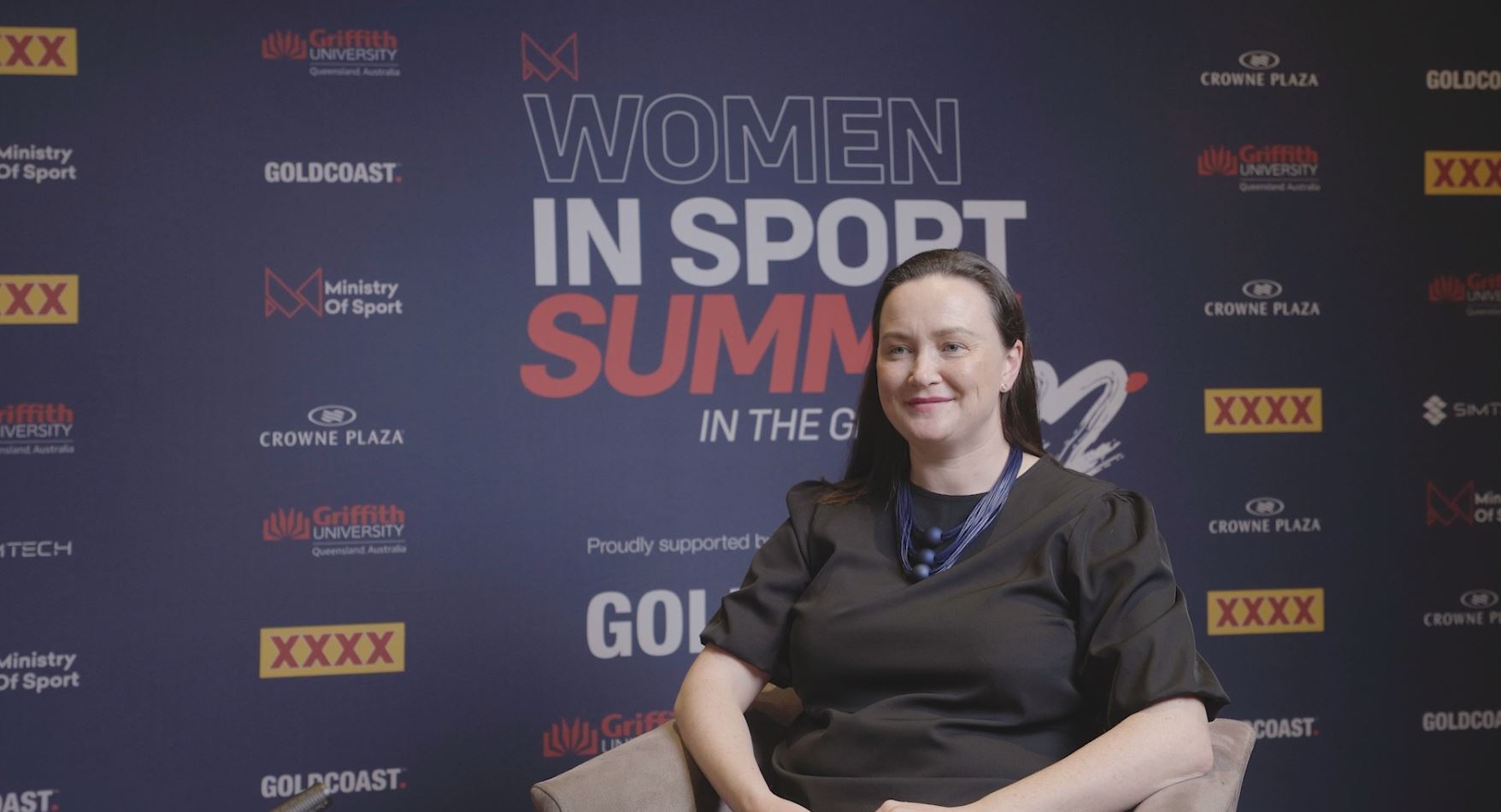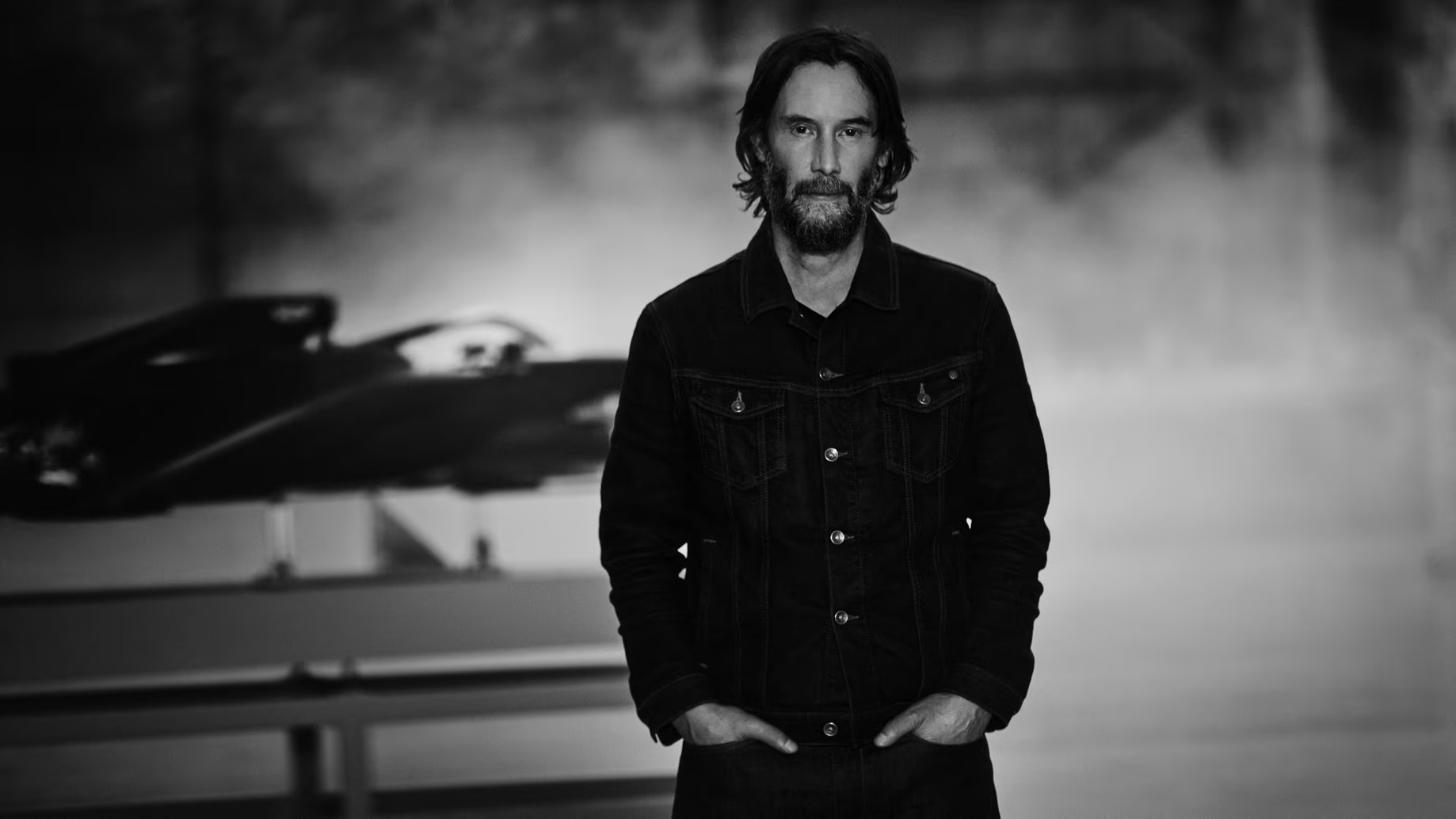Reflecting on her time at the Women In Sport Summit, Director of the Office for Women in Sport for the Victorian Government, Sarah Styles discussed how her office is making a difference for female athletes.
Creating equality:
Commenting on how the office creates equality, Styles said they do it in three different ways, including working with communities in a bottom-up approach, helping female leaders in the middle sector and utilising government leaders in a top-down approach.
“We have the bottom-up work with community sport, building that community of changemakers and working with community organisations to create opportunities for women and girls and celebrate the role of women and girls in sport,” Styles said.
“We work in the middle of the sector, when we think about supporting the women shifting into leadership roles. So, these are women who are striving for those roles or potentially already thriving in them. We also work with development opportunities in the sports broadcasting space, because getting women’s voices in that really visible critical part of our sector is also important.
Then there’s the top-down approacs, which is how we use the leaders of government to drive change. So, the work that we do focuses on boards and ensuring there is diversity in our sport boardrooms. For a range of reasons we know that is a really positive outcome, and more recently working on driving out a really key aspect of inequality and community sport around equitable access and use of publicly owned community sports infrastructure,” she said.
Strategies implemented:
On the strategies the Office for Women in Sport has implemented, Styles said the fair access policy is the last major strategy that was launched, where the office works with all local Victorian governments to eliminate inequity around access and use of community sports facilities.
“If we think about that as a really limiting factor, and creating opportunities for women and girls to start playing a certain sport and continue to do that, this idea that there’s this two tier economy almost in sport where, men’s sport gets that primary slots and women and girls get left with whatever’s left,” Styles said.
That for us is going to be an enormous piece of work over the next few years and only got announced a couple of weeks ago. At the moment, we’re just working with local governments to start to have the conversation around what that change is going to look like,” she said.
Youth development:
On encouraging youth athletes to continue competing in sport, Styles said it’s all about dismantling and disrupting stereotypes, which are limiting factors.
If for example, we can ensure that people can get access to those facilities, that is something that is going to help their journey. We do all our all our work around the change our game campaign, and that is incentivising and motivating people to continue with their sport.
“I then think about the work that we’ve got in train around women’s elite sport and what are some of those key barriers that are limiting the visibility of women’s elite sport.
“For us that invisible hand, pushing down the visibility of women’s sport is a fundamental part of what is still maintaining that inequity. You take away that invisible hand, you take away the stereotypes that are downplaying the achievements of women’s sport and it’s worth starts to grow, the investment in it grows and the opportunities grow,” she said.
To read the previous story from the Women In Sport Summit, where Kelly Ryan discussed Netball Australia’s three-year plan and the strategies that propelled netball to become a premier sport, click here.







